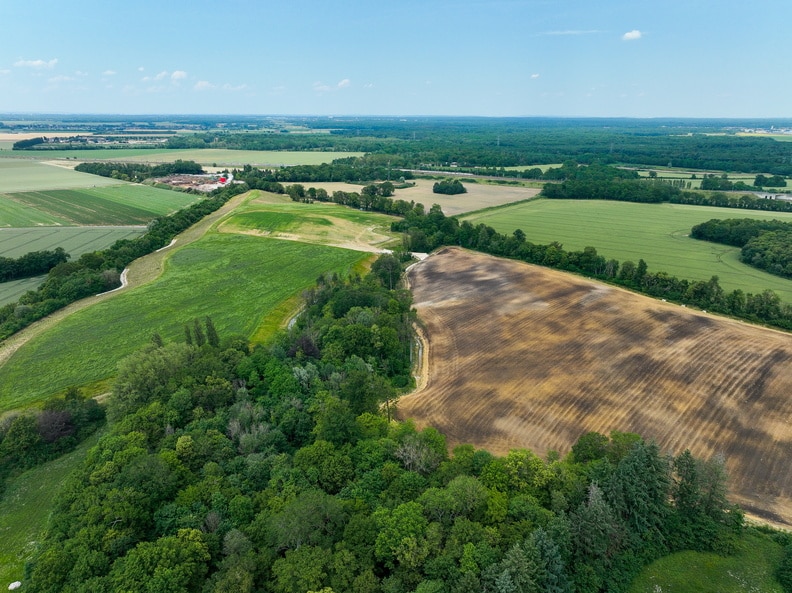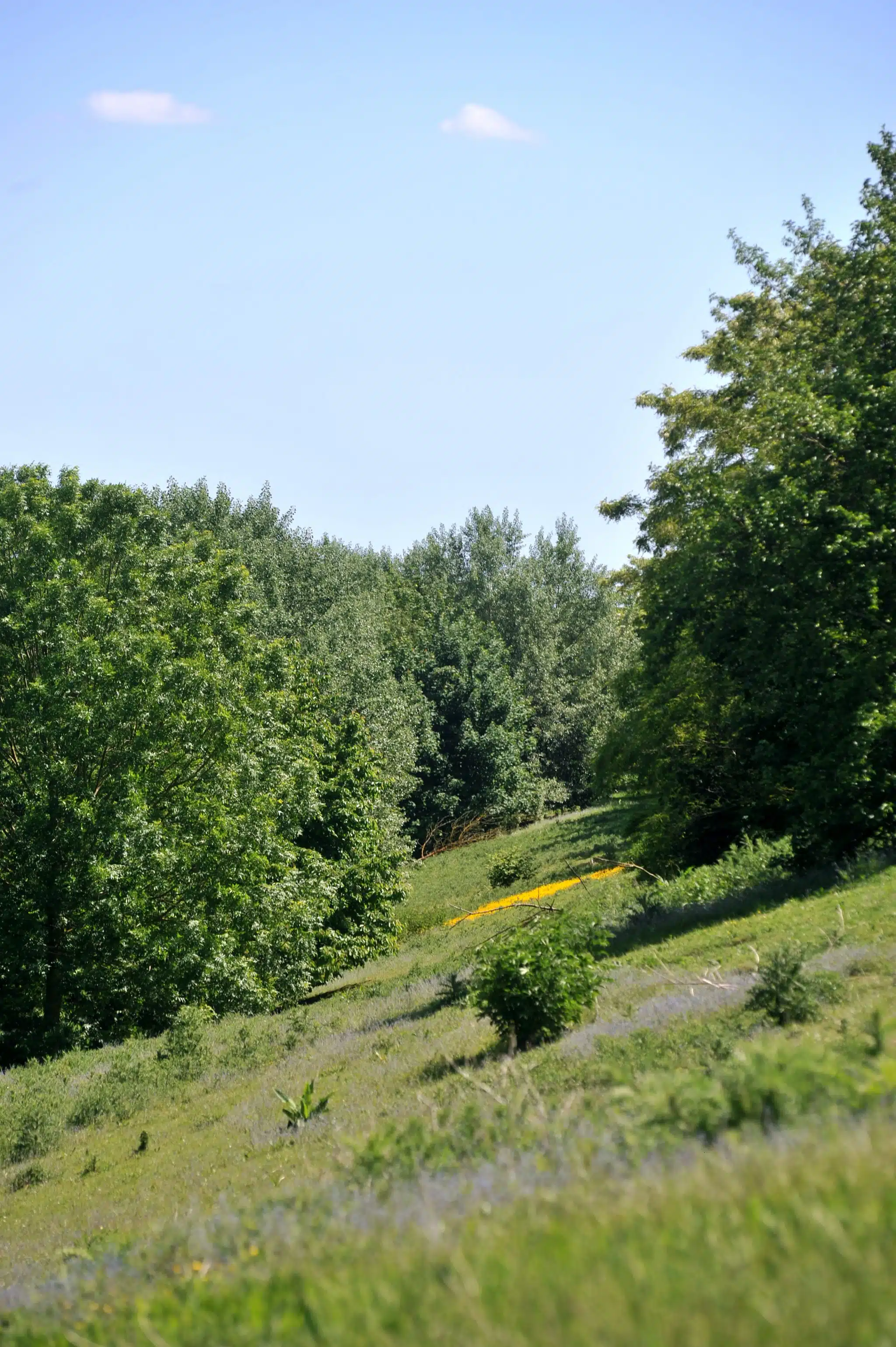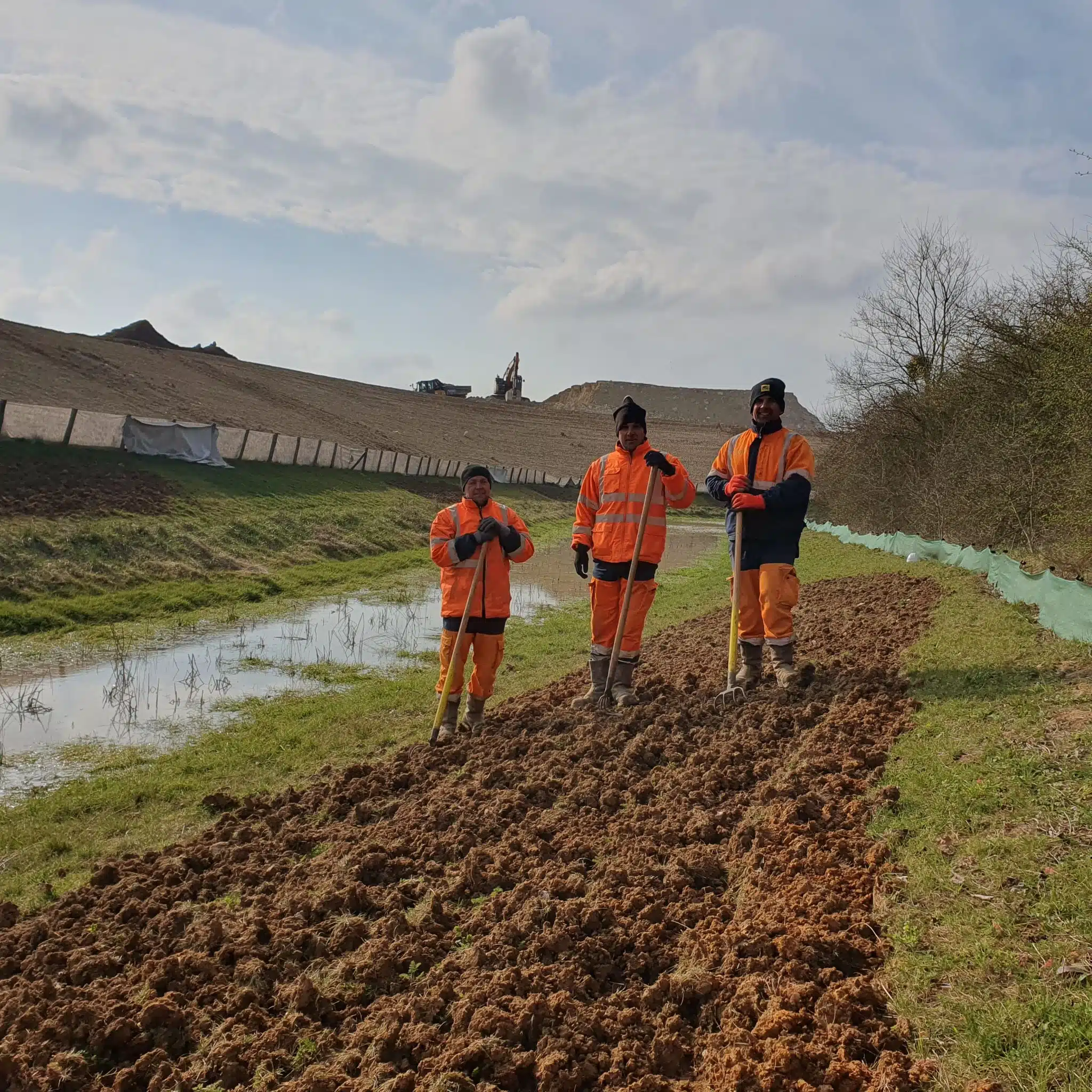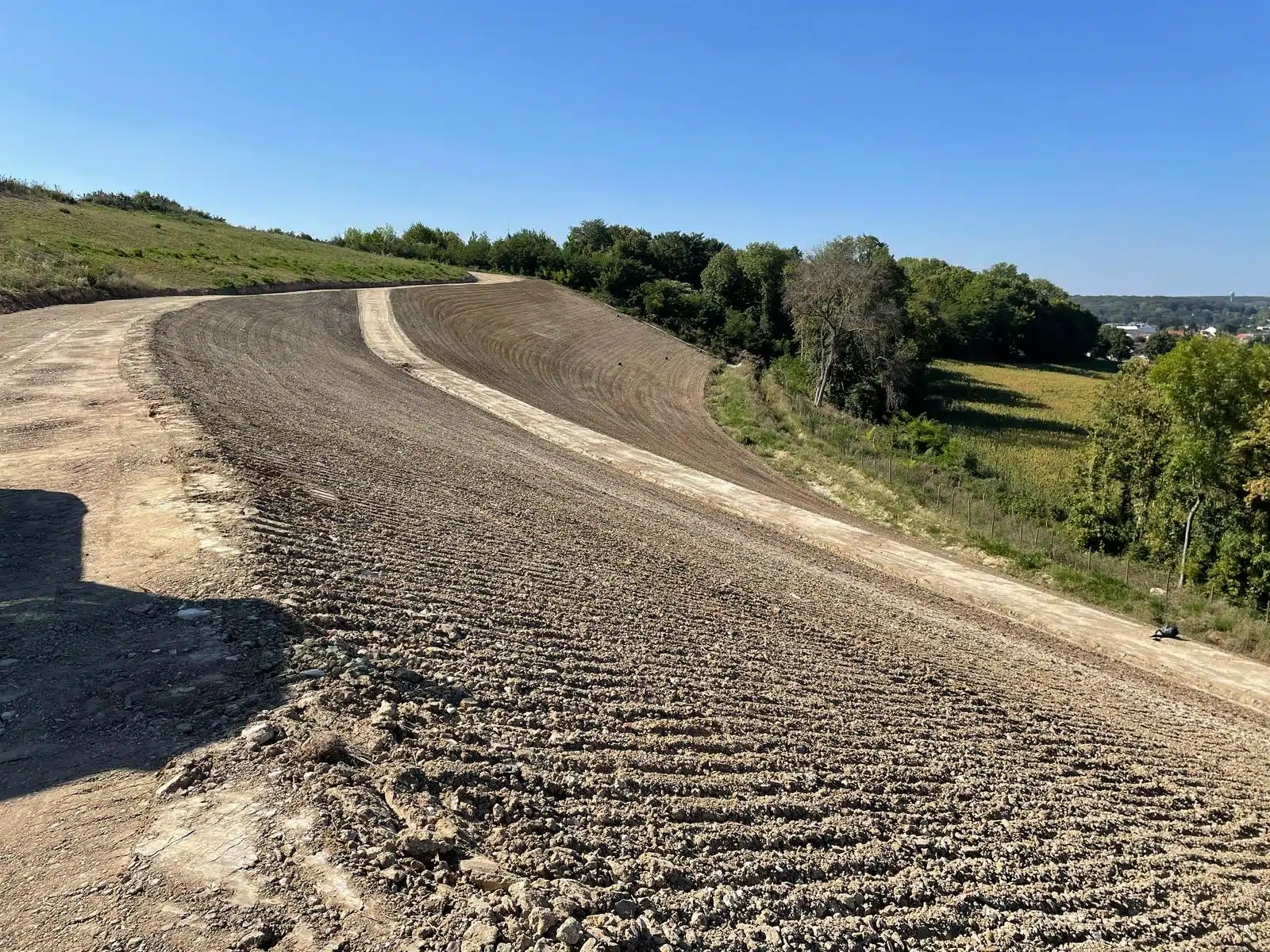The Grisy-Suisnes project comes to an end after 4 years of soil input. On this occasion, our partner SAFER IDF is highlighting this ecological restoration and agricultural renewal project.
Can you tell us a little about the genesis of the Grisy-Suisnes project?
In the 1990s, the Domaine de la Grange-le-Roy fell victim to the dumping of polluted materials and aborted tax-relief operations, leaving it in a state of abandonment by the early 2000s. After several unsuccessful projects, Safer de l’Île-de-France became the owner of the 67-hectare estate in 2012, with the exception of the château and outbuildings. When we bought this property 11 years ago, we realized that the site needed to be cleaned up, redeveloped and upgraded. We then thought that inert materials from local earthworks or from the Grand Paris Express (GPE) could be used to successfully complete such a project and find real value here, in particular by enabling existing pollution to be contained and the site to be returned to agricultural and natural use.
How does this project contribute to preserving agricultural land and meet SAFER's challenges?
Safer is committed to balanced regional development. It has a right of pre-emption which enables it to intervene in a sale when the following objectives are threatened: maintaining the agricultural vocation of a property; avoiding price overbidding; promoting local development and protecting the environment.
In this way, Safer has positioned itself as a project manager for several development operations:
- Ensuring transparency and consultation with local stakeholders
- Prevent spoil from being dumped on productive farmland
- Ensuring that inert excavated material is privately financed for development projects
With all this in mind, Safer de l’Île-de-France acquired the Domaine de la Grange-le-Roy with the aim of redeveloping it and identifying a project owner for the future operation of the site. By 2025, Safer, backed by the expertise of the Île-de-France Regional Chamber of Agriculture, plans to set up an extensive grazing activity, enabling the consolidation of one or more local livestock farmers. This will be made possible by the use of suitable plant cover. This joint project was also made possible by the support of the Commune de Grisy-Suisnes and the French government (notably the DDT 77).
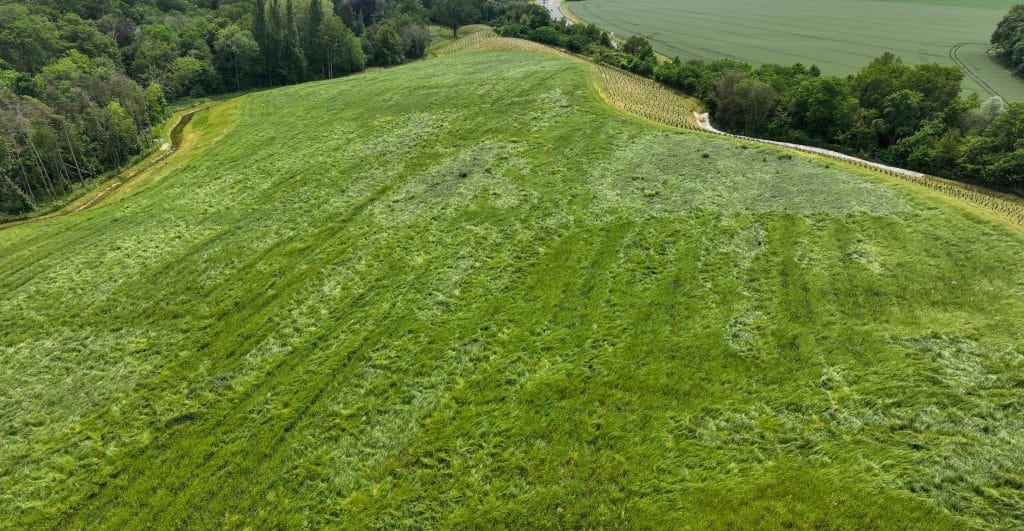
How is the return of soil fertility made possible?
Before talking about soil fertility, it’s important to remember that large volumes of inert soil have been brought onto the site in order to contain the pollution already present and recreate a technosol that can be planted for agricultural purposes. To recreate this fertile substrate, we mix silt-rich soil with compost on the surface. After this stage, a seedling composed of several plant species was planted. The plan now is to leave the meadow to rest for one or two years to allow the soil to restructure and reconstitute a living fabric.
Is it a desire to preserve and restore ecological environments? What does this have to do with agriculture?
In a context of global warming, it is impossible to conceive of agriculture without the environment, as the two are interdependent. Since the 1990s, the site had suffered significant damage to its biodiversity. In addition to creating eighteen hectares of livestock meadow, the project has recreated or restored a series of wooded and wetland environments conducive to the development of local flora and fauna.
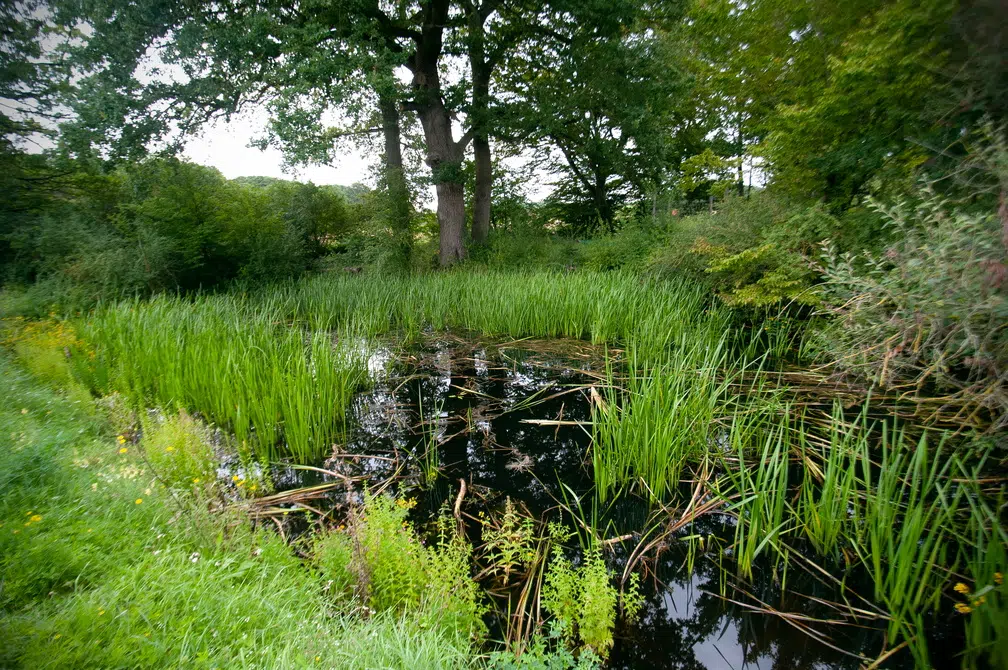
Why did you develop a partnership with ECT for the renewal of this site?
As project owner, Safer wanted to select an operator with the experience and technical skills required for this type of work. The choice fell on ECT, which has several significant references in the redevelopment of earthworks on degraded sites in the Paris region. This collaboration with ECT led to the development of a project that had never been carried out before, and which has since been reproduced on another site in Seine-et-Marne (77) as part of the redevelopment of a former gypsum quarry into a landscaped urban park. The treatment and reception of excavated soil, particularly from the GPE, as well as the gradual consumption of agricultural land, are issues of concern to Safer. They deserve our companies to work together on innovative, virtuous solutions to meet them.
